In early December, Misha and I finally made our first visit to Lake Atitlan. It’s one of the most popular tourist attractions in the country and routinely ranked among the world’s most beautiful lakes. Lago de Atitlan is less than 50 miles from the capital as the crow flies but can take over 4 hours to reach by car due to a combination of traffic and winding, twisting country roads. It sits in the shadow of three volcanoes and was formed by a supervolcanic eruption some 84,000 years ago. Eleven little towns, each with their own distinct characteristics, dot the shores of the lake, three of which Misha and I visited on this trip.
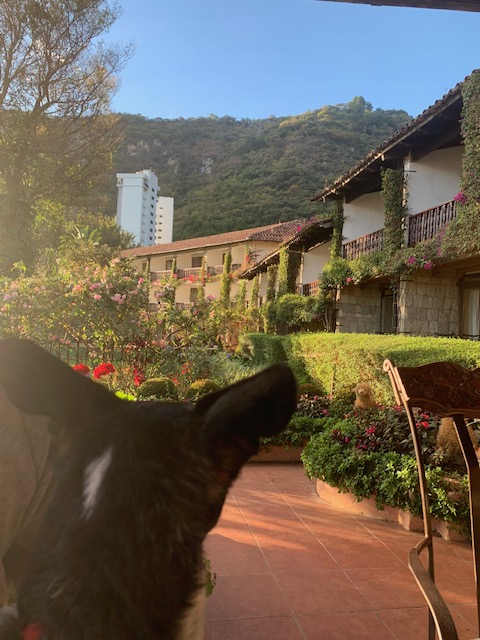
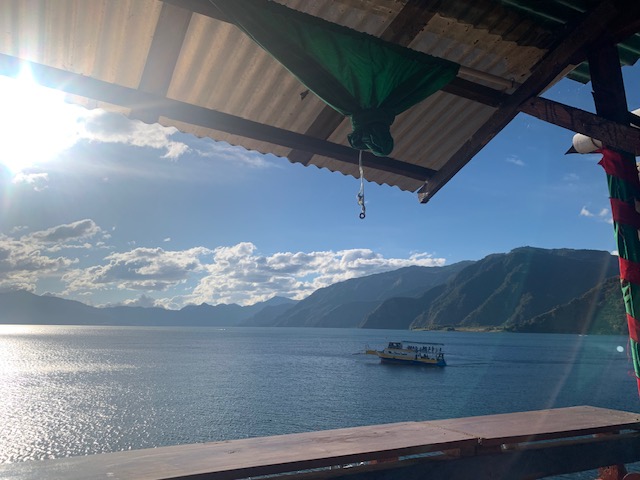
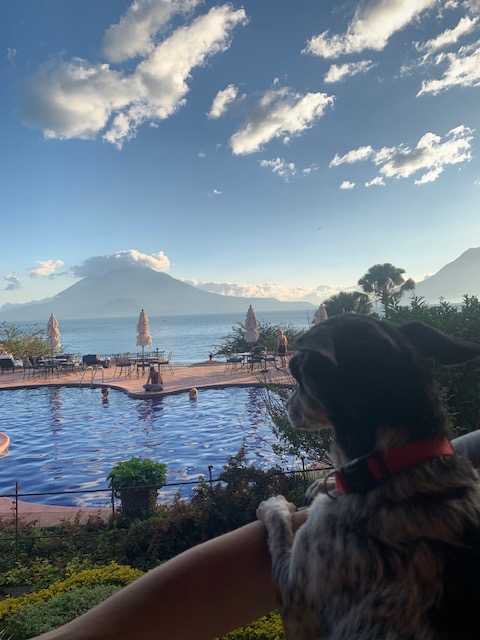
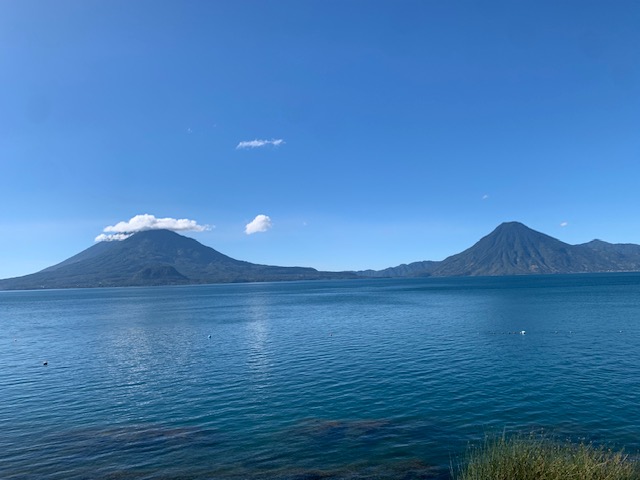
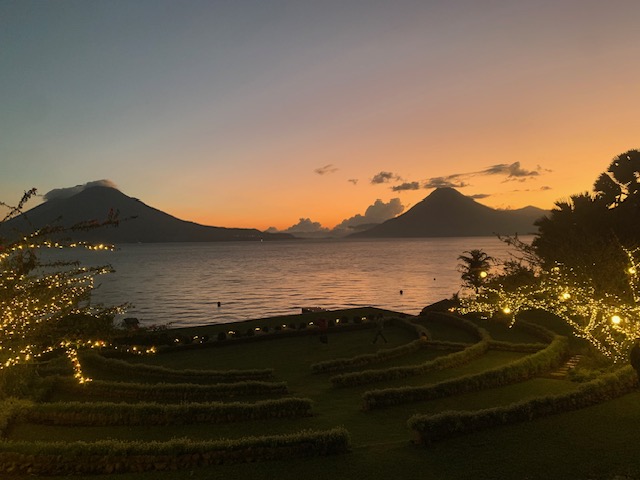
Misha started her lakeside getaway a few days before me as part of an outreach trip for work. She met with a nonprofit women’s collective that specializes in textile work as a side business to build women’s empowerment, entrepreneurship, and offer support to victims of domestic violence (See their website here). These collectives are common around the lake and succeeded in selling us many a souvenir. I made the drive down with Mochi as my navigator. Navigating here can be tricky; Waze tends to take you through every shortcut, which in the city can take you through some areas we are not allowed to use per the Regional Security Office. However, Google Maps can sometimes use roads that aren’t exactly roads. For instance, it can frequently direct to one route that’s colloquially known as the “Bandit Road” (for good reason, apparently). We’ve been told accidentally taking this “off-limits” route is typical for first timers visiting Lake Atitlan.
Once at the lake, we stayed at a little hostel right off Calle Santander, the main road, in Panajachel, which is the easiest town to reach by car. After checking in, we took a lancha, or boat taxi, across the lake to Santiago, the furthest town by boat from Panajachel. In Santiago, we hired a tuktuk to drive us around and started with one of the women’s collectives Misha visited (El Consorcio de Asociaciones del Municpio de Santiago Atitlan). The driver then took us to one of his friend’s shops so we could find shirt sizes that might fit a large American male, a difficult task in this part of the world. Santiago is renowned locally for its worship of Maximon, a Mayan deity known to be a trickster and protector whose legend is believed to have begun during the Spanish conquest of the Maya. The location of the shrine changes every May, so a local driver will have to escort you if you are interested in visiting. It is customary to bring Maximon an offering in the form of tobacco or alcohol. We bought a pack of cigarettes as our offering, lit it up, and placed it in Maximon’s mouth to enjoy!
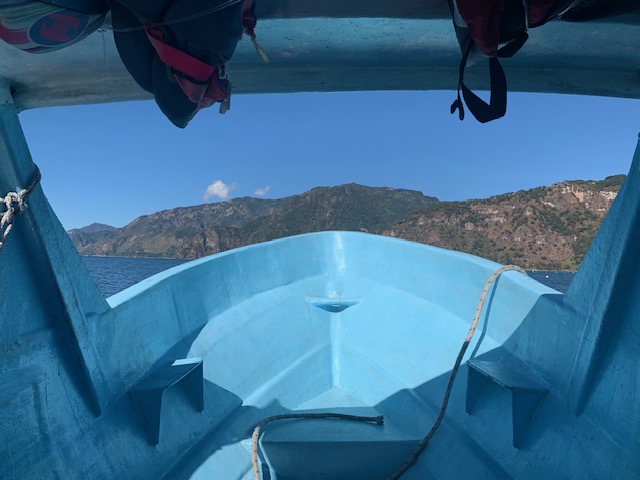
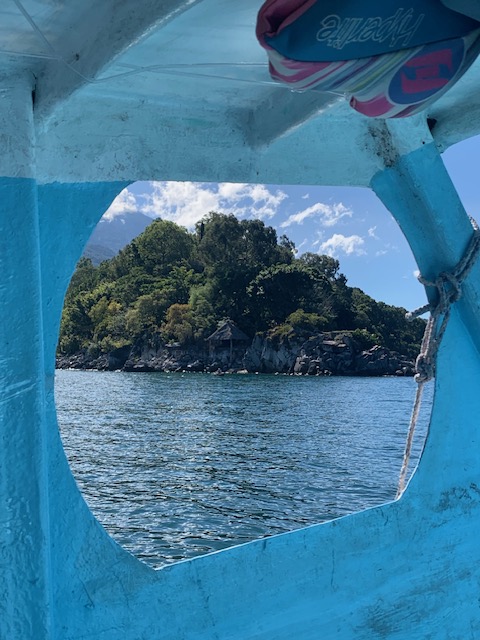

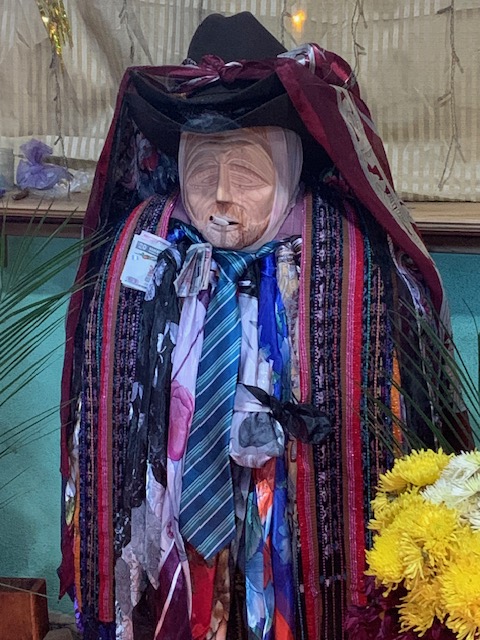
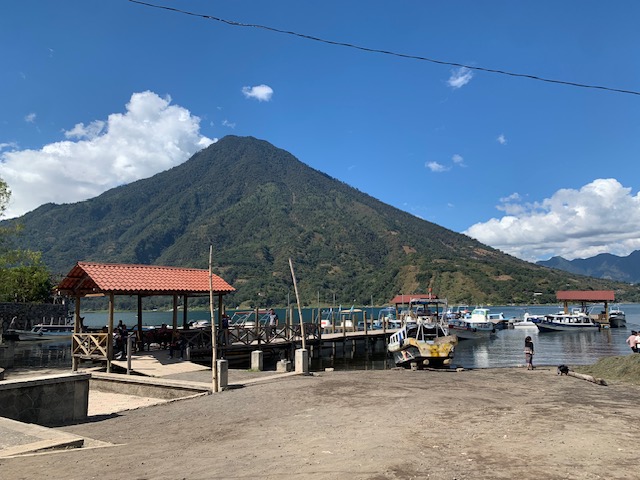
The following day, we rose early and took another lancha across the lake, this time to San Juan La Laguna. This town felt particularly hilly, but also had the best view of the lake we experienced on our trip. We walked up a very steep hill filled with souvenir shops, drank fresh coconut water, and had a simple breakfast overlooking the lake. Next, it was a vertical struggle up to Mirador Kaqasiiwaan, a lookout point well worth the sweat it takes to reach. We finished the night at Circus Bar, our second dinner there in three nights. This restaurant was recommended by several local friends and has easily the best pizza in all of Guatemala, with a great atmosphere to boot.
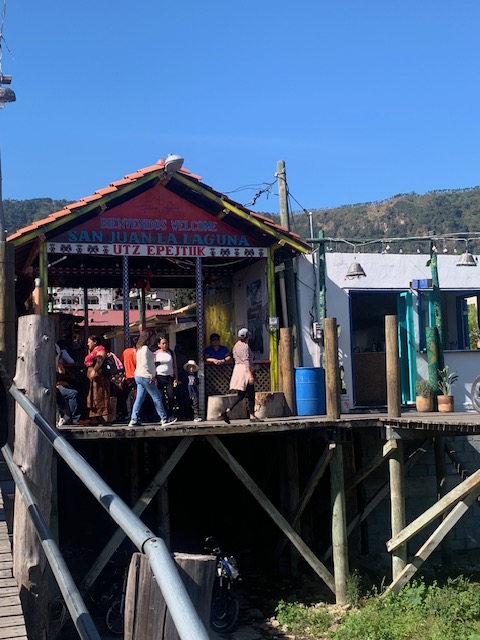
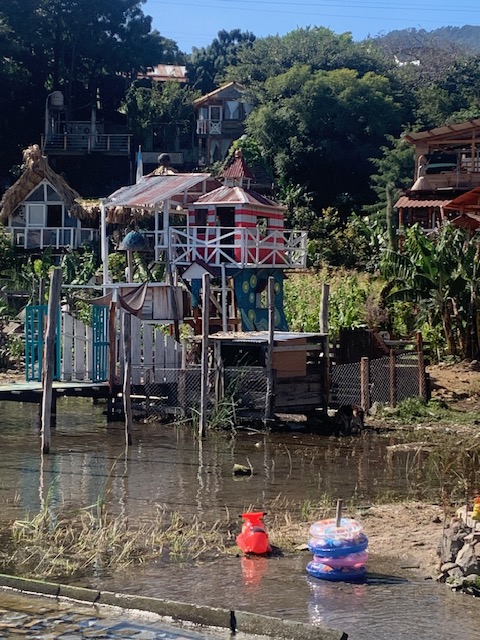
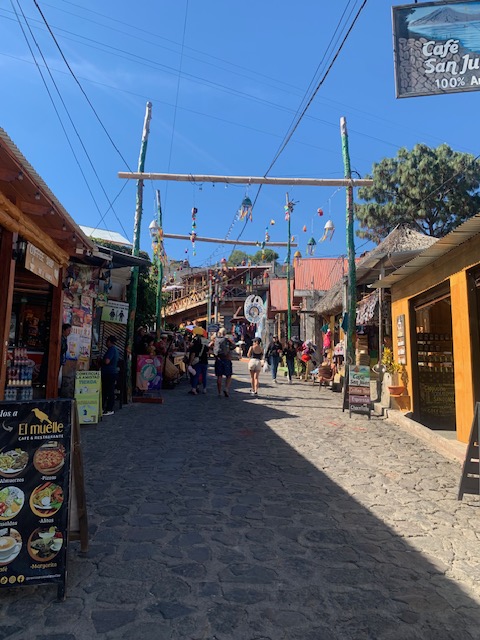
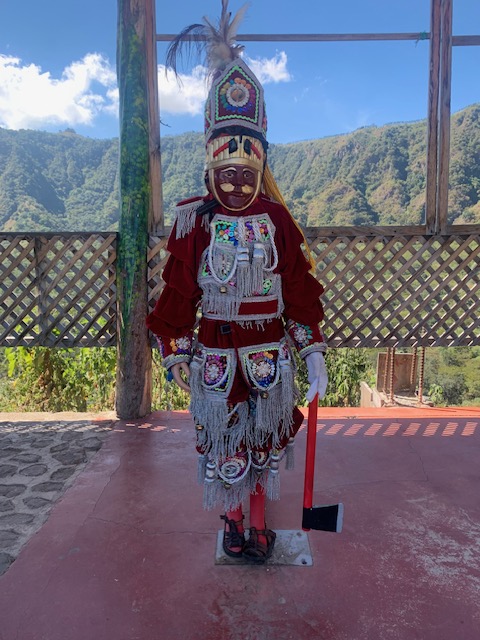

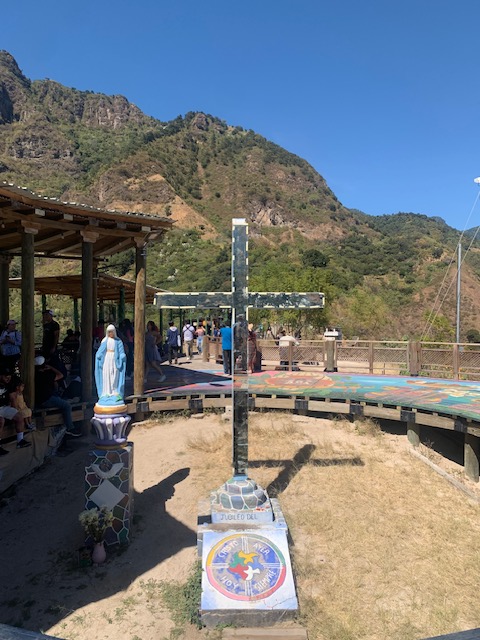
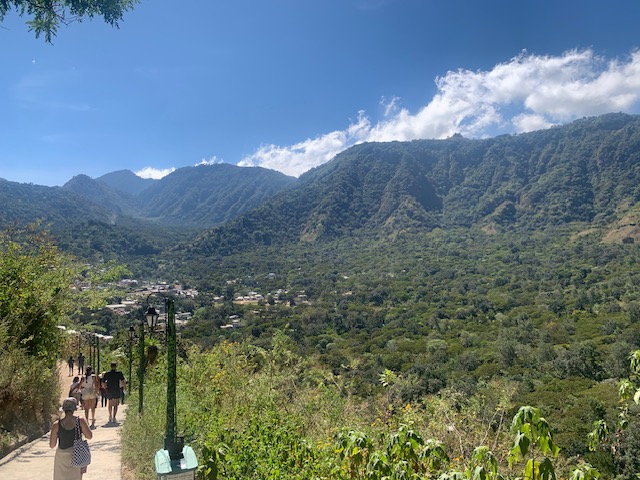
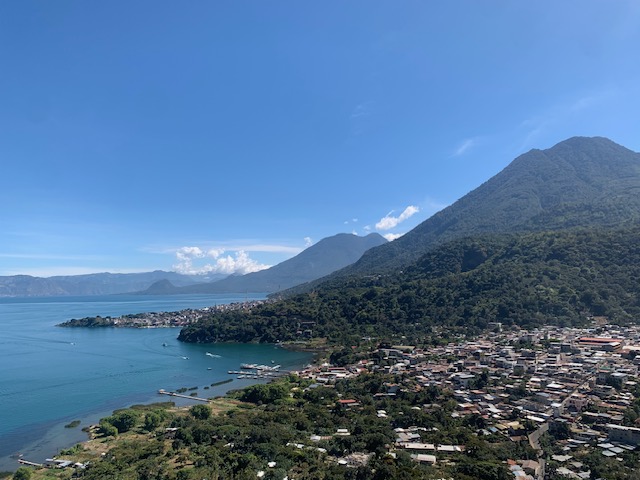
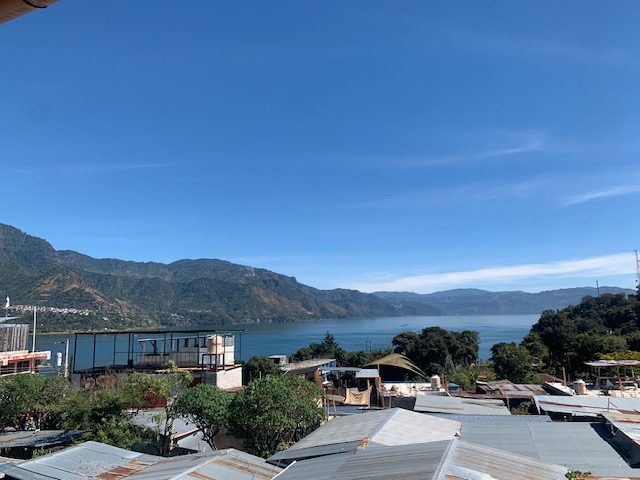
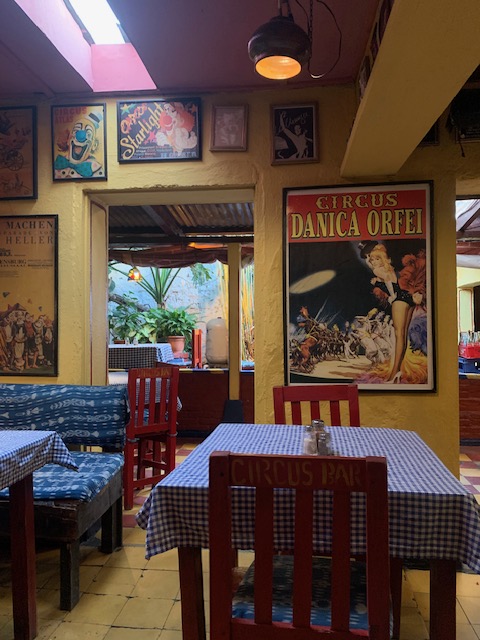


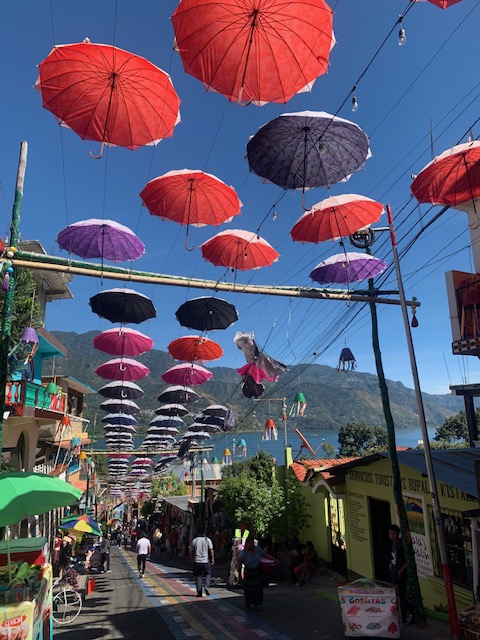

All in all, it was a fantastic getaway, worth every minute of the drive and every penny we spent on souvenirs. Lake Atitlan, Takes Two and Three occurred a few weeks later after visits from friends and family. Additionally, I will include our stops in Tecpan and Hobbitenango!


Leave a comment